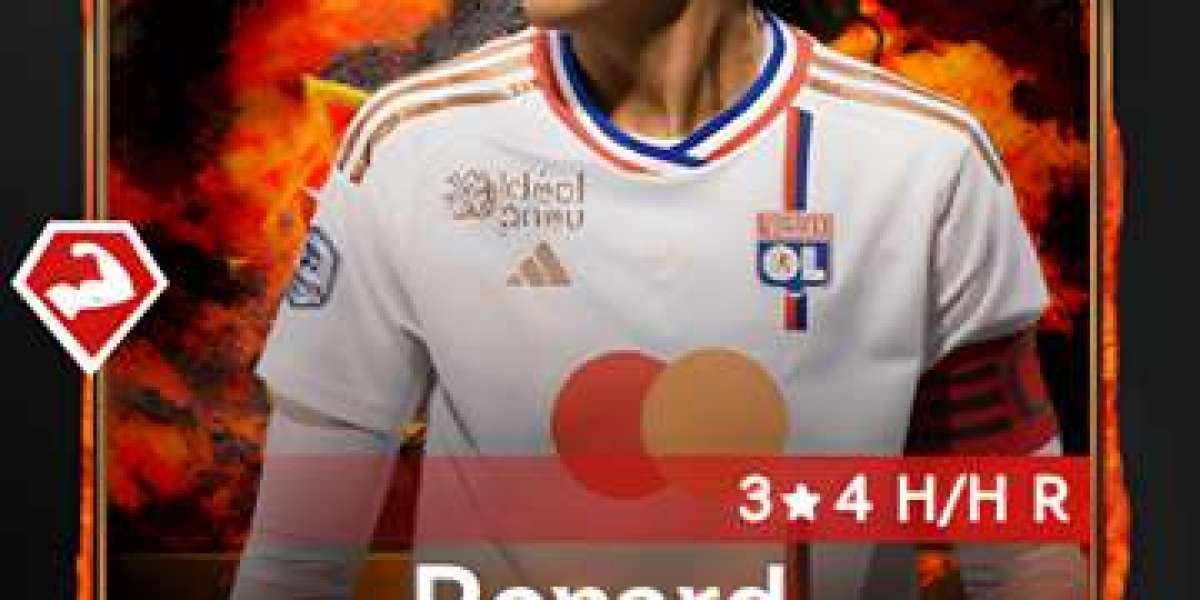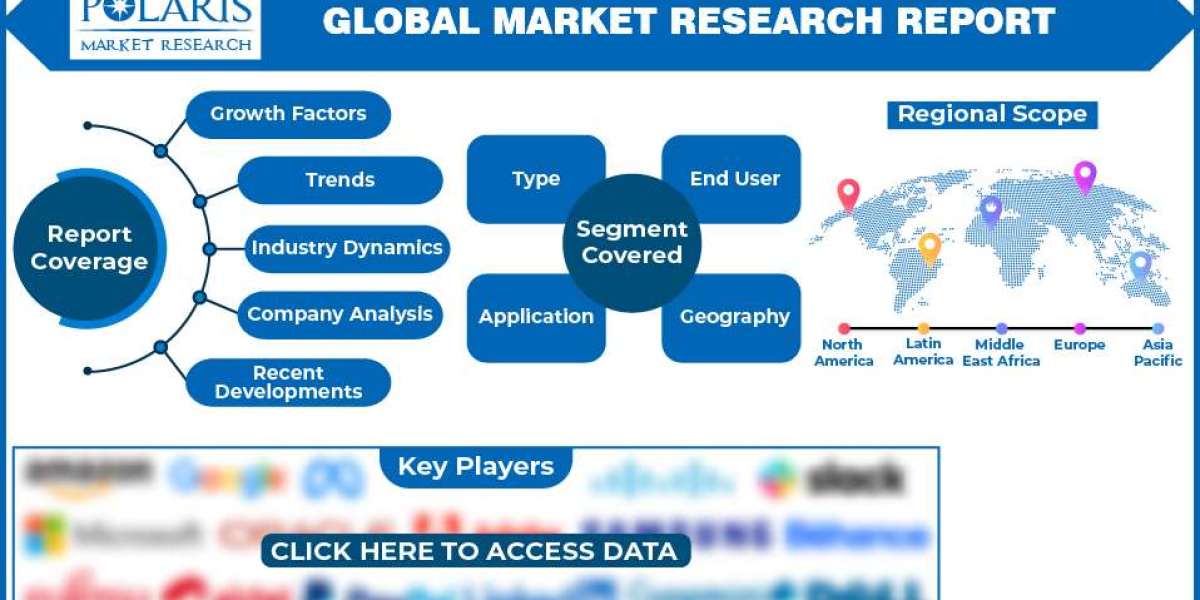Job proposals are an important element of winning new work for any consulting or freelancing business. They are essentially marketing and sales documents that aim to showcase your experience, approach and value in the hopes of being selected for a new project. While written content is crucial, incorporating visual aids like storyboards can greatly enhance your proposal and help your ideas come to life. In this blog post, we will explore how to strategically use visual aids like storyboards to make your job proposals more impactful and persuasive.
Storyboarding Basics
A storyboard is a series of illustrations or images displayed in sequence that are used to help visualize a narrative or process. Storyboards are commonly used in fields like film, animation, marketing and product design to map out concepts. When applied to job proposals, storyboards allow you to bring hypothetical project workflows, results or solutions to life in a vivid and easily digestible manner.
Some basic tips for effective storyboarding in proposals include:
Keep each frame simple with clear labels or captions. 5-10 frames are usually sufficient for most proposals.
Use a consistent visual style and size across all frames for coherence. Sketches, wireframes or stock images can work.
Consider including people, environments or abstract icons to represent key elements or stages.
Optimize the storyboard size for on-screen reading in your proposal PDF or presentation slides.
Number each frame to indicate sequence and flow from one stage to the next.
With practice,storyboards can help illuminate proposed strategies, showcase deliverables and better engage the client's imagination compared to pure text.
Using Storyboards to Map Project Workflows
A very impactful way to incorporate storyboards into your job proposal is to visually depict the anticipated workflow or process for a potential project. This helps validate your understanding of the client's goals and objectives while demonstrating your methodical approach.
For example, if proposing web development services, a storyboard could map the following process:
Initial client briefing and requirements gathering
User research and personas
Wireframing and prototyping key pages
Visual design exploration with client mocks
Front-end development of full site
User acceptance testing and feedback
Launch and ongoing site optimization
By illustrating each sequential step, the client can quickly comprehend your methodology before any code is written. This instills confidence that you have a clear vision of how the work will unfold from start to finish.
Showcasing Potential Deliverables
Another insightful use of proposal storyboards is to provide a sneak peek of possible end products or deliverables for a prospective project. This allows you to demonstrate your design flair, ideas and value upfront before work begins.
For a branding proposal, storyboard frames could include:
Logo concepts
Brand style guide mock-up
Stationary, business card and signage designs
Website home page rendering
Social media graphic templates
For content writing services:
Article headline and deck concepts
Sample article page layout
Social share images
Email newsletter mockups
Giving clients a tangible feeling for what they might receive builds confidence in your abilities and creativity. It can also lead to feedback that shapes proposals in a client-centric way.
Telling Your Company Story Visually
Another application of proposal storyboarding revolves around visually portraying your agency or business model, differentiators and past successes. Sharing client case studies through imagery introduces personality and character that differentiates you from competitors.
Some ways to visually share your company story include:
Organizational chart or team bios with headshots
Infographic of service offerings or specialized capabilities
Before/after case study frames of project work samples
Client testimonials aestheticized as pull quotes
Glimpses of office/studio space or culture
Timelines or milestone frames of established processes
Putting a face and personality to your brand builds credibility and trust. Combined with written content, visual storytelling rounds out a complete narrative that clients can relate to on multiple levels.
Design Considerations for Storyboards
While visual aids are a plus, their design still needs to complement the overall proposal. Some best practices include:
Use a consistent visual style that matches proposal branding for cohesion.
Strike a good balance between minimalism and just enough context in each frame.
Optimize image size and resolution for on-screen legibility in digital formats.
Ensure the story flows logically in sequence versus a random collection of frames.
Consider including captions,CTA buttons or other interactive elements if using digital formats.
Limit frames to 1-2 per page to avoid clutter if printed and inserted into proposals.
With clear framing and thoughtful presentation, storyboards can elevate your written proposals into more vivid selling tools that grab attention and stick in the client's mind.
Overall Impact of Visual Storytelling
Incorporating visual storyboards and aids into proposals provides multiple benefits compared to text-only submissions. Some key advantages include:
Bringing concepts and ideas to life in an easily digestible format
Demonstrating clear comprehension of client goals, workflows and needs
Highlighting your creative thinking, brand personality and quality of work
Previewing sample deliverables to build confidence and lower risk
Capturing attention and stimulating imagination more effectively
Enhancing proposals with an additional sensory dimension
Differentiating your submissions from purely written competitors
When done professionally, storyboarding enhances proposal storytelling in a memorable way. It gives clients a multi-dimensional impression that influences perception and likelihood of winning new mandates.
Conclusion
In today's distracted world, making impactful visual connections is becoming increasingly important. Storyboarding strategic concepts, processes and deliverables adds persuasive impact beyond words alone. As a proposal enhancement technique, it fosters imagination, builds confidence and gives clients a glimpse into your brand world and capabilities. With practice, it can boost win rates for consultancies and creative businesses across many sectors.
Read Related:- https://vhearts.net/post/459763_the-art-of-persuasion-techniques-for-influencing-decision-makers-persuasion-is-a.html#gsc.tab=0








